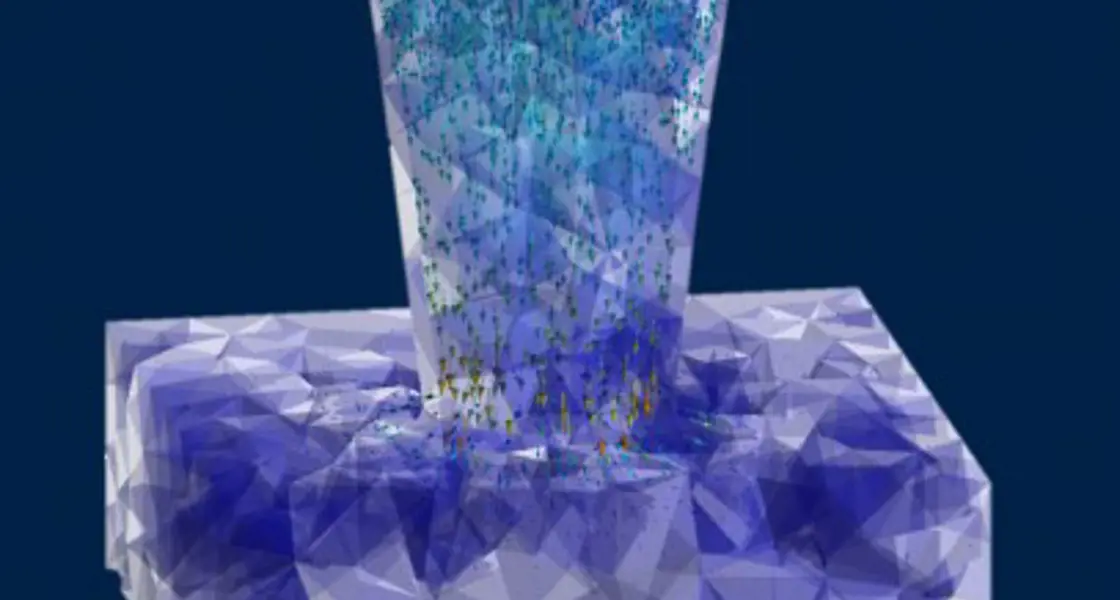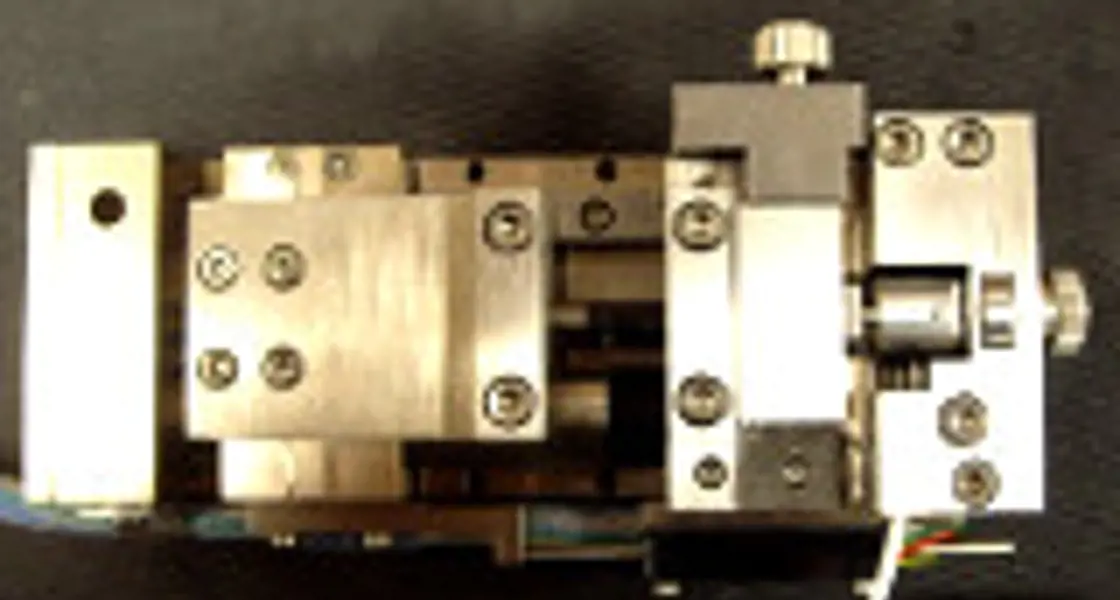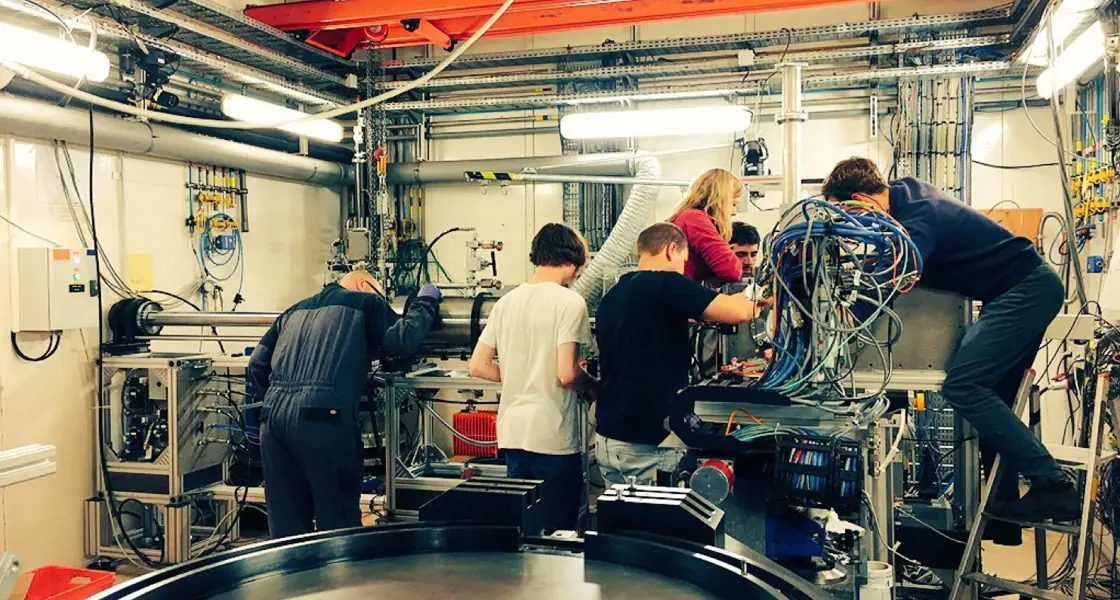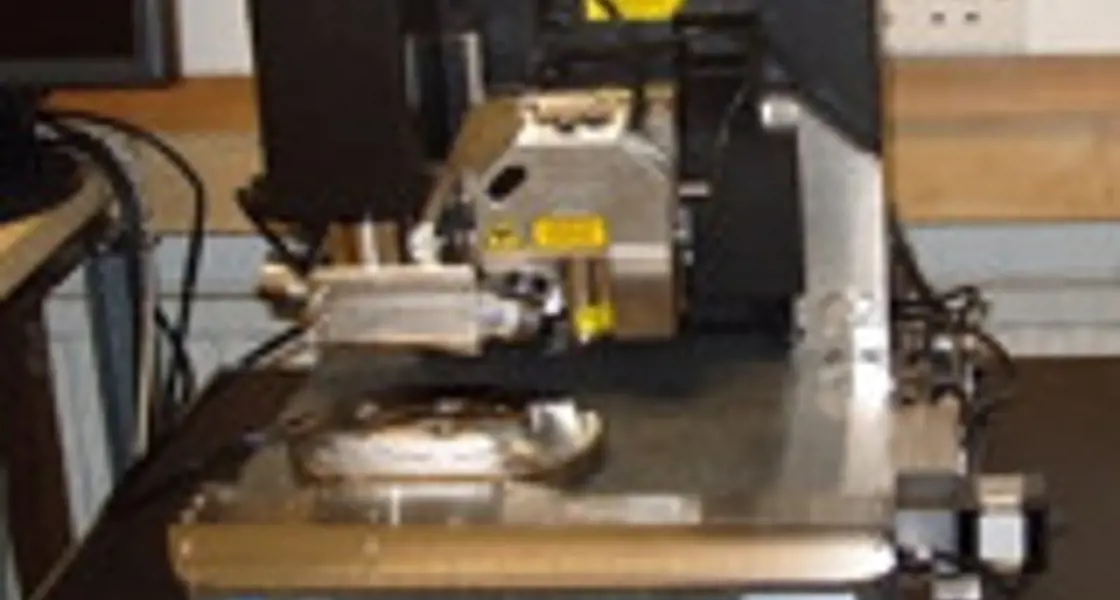About Solid Mechanics & Materials Engineering research in the Department of Engineering Science at the University of Oxford.
Our Research
Introduction to Solid Mechanics & Materials Engineering
Research in Solid Mechanics has a long tradition in Oxford, initiated by Hooke, whose work on the elasticity of springs may be regarded as the foundation of the mechanics of deformable solids. At present activities encompass many techniques (experimental, theoretical and numerical) and spread over a wide range of materials (composites, metals, polymers, biomaterials, etc.).
Click on the tabs below for more information on each of our research areas.

This research line focuses on the development and use of computational modelling techniques for many types of materials and structures, ranging from crystalline metals or composite materials to nanoscale structures and biomaterials. The activities of Professor Antoine Jérusalem and Professor Nik Petrinic involve the development and use of advanced numerical techniques such as massive parallel computation, XFEM, meshless methods, GPU solvers, DG methods, etc.

Research in the Solid Mechanics and Materials Engineering Group covers a wide range of areas in Structural Integrity, particularly in the fields of fatigue and fracture. Professors David Hills and Alexander Korsunsky, are interested in the performance of materials and structures under complex monotonic and cyclic loading conditions, including multiaxial stress states and high stress gradients. A particular focus of their work has been in the area of contact mechanics and fretting fatigue, and there is an extensive range of testing machines which can be used to provide model validation. Other work focuses on residual stress at the micro- and macro-scale and on how this affects fatigue performance. More fundamental work is carried out to investigate crack tip deformation processes using digital image correlation and X-ray tomography to validate analytical and numerical modelling. This will feed into improved methods of fatigue life prediction, particularly under non-uniform loading. Fatigue crack initiation processes are also studied, using crystal plasticity and continuum approaches.

Study of strain-rate dependent behaviour of materials has a long history at the University of Oxford, initiated by the first holder of the Chair of Engineering Science, Professor Jenkin and followed by Professors Campbell, Harding and Ruiz who set the conditions for the present Impact Engineering Team to develop as an integral part of the Solid Mechanics and Materials Engineering Group. Current research efforts led by Prof. Nik Petrinic, Prof. Clive Siviour, Dr. Daniel Eakins and Dr. Antonio Pellegrino are directed towards an integrated experimental-numerical approach to predictive modelling of strain-rate and temperature dependent response of solids to loading at different length scales. Their groups are world-leading in the design of bespoke experiments aimed at observation and quantification of pressure, temperature and rate-dependent deformation and failure mechanisms in a range of systems from natural materials, including live-tissue, to advanced, man-made engineering materials such as high-performance metallic super-alloys, composites, ceramics and hybrid cellular materials. They utilise a comprehensive array of loading platforms, from intermediate- to high-rate to hypervelocity impact systems, to collectively access dynamic conditions extending from a few MPa to 100s GPa. As well as designing new experiments for arbitrary combined thermomechanical loads, their teams also exploit the latest advances in optical and X-ray diagnostics to provide new opportunities for model validation, to ultimately enhance our understanding of the multi-scale, hierarchical nature of material response under dynamic loading.

Our work in Materials Engineering is highly interdisciplinary and centres on the development of novel structural and functional materials for a wide range of technological applications. Ongoing research interests encompass advanced materials such as ferroelectrics, polymers, metal-organic frameworks, energy storage materials, nanocomposites, superalloys, and coatings. We establish complex structure-property relationships using state-of-the-art materials characterisation techniques, ranging from atomic force microscopy, electron microscopy and nanoindentation, all the way to synchrotron diffraction, microtomography, and neutron scattering at large-scale facilities.

Understanding the behaviour of complex, hierarchically structured materials requires the combination of different modelling techniques. We use implicit and explicit finite element simulations of continua and microstructured alloys, ceramics and polymers, along with discrete dislocation dynamics and molecular dynamics simulations, to consider such phenomena as adiabatic shear bands, crystal slip and dislocation pile-up and interaction, twinning and phase transformations, in materials ranging from aerospace alloys to structural and functional ceramics to biological materials such as human dental tissues.

The UTC was established in 1990 in collaboration with Rolls-Royce plc. with the aim of undertaking strategic and applied research relevant to the company's technology base (power systems providing power for land, sea and air).
